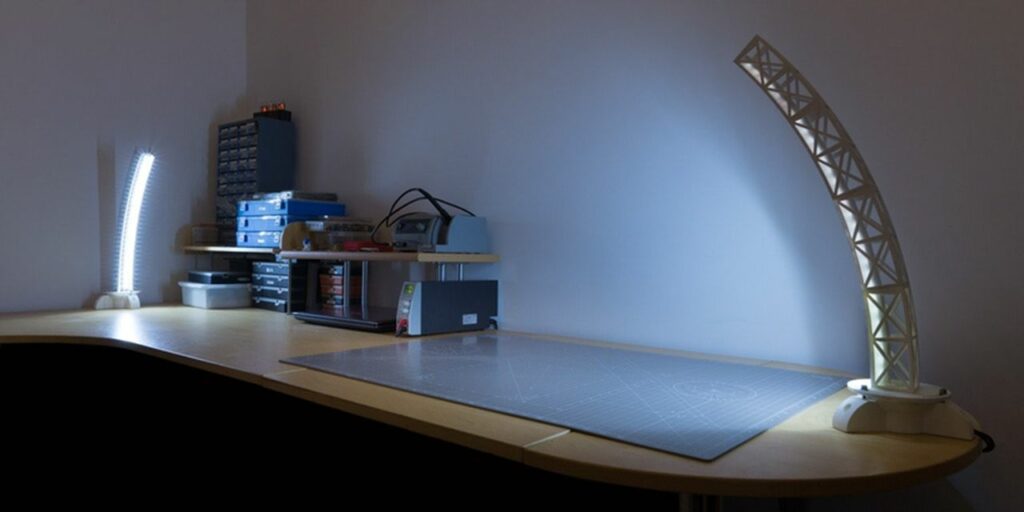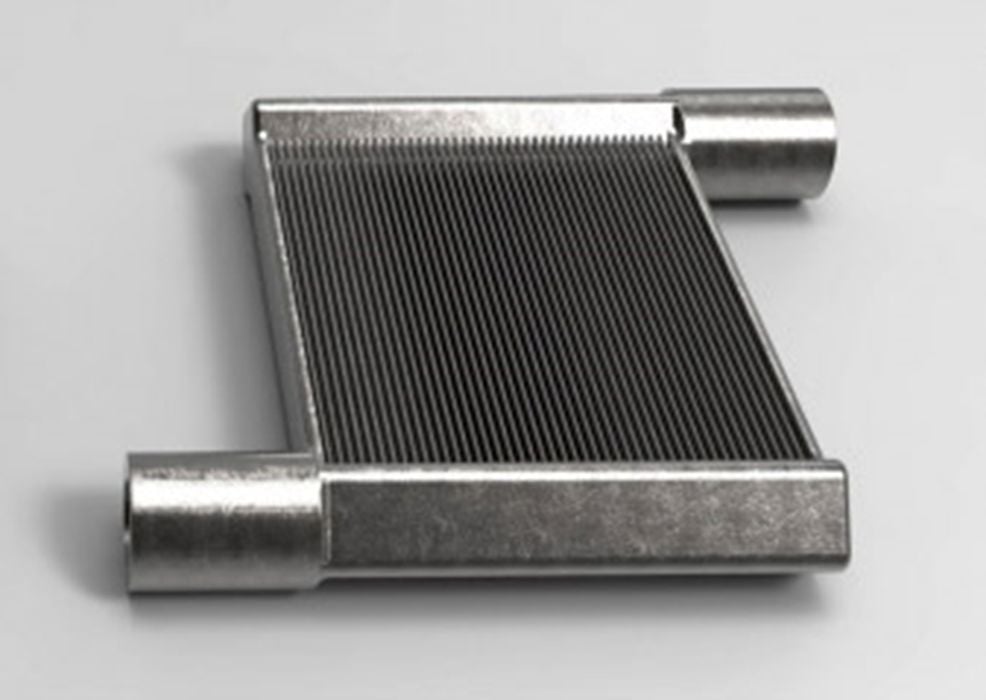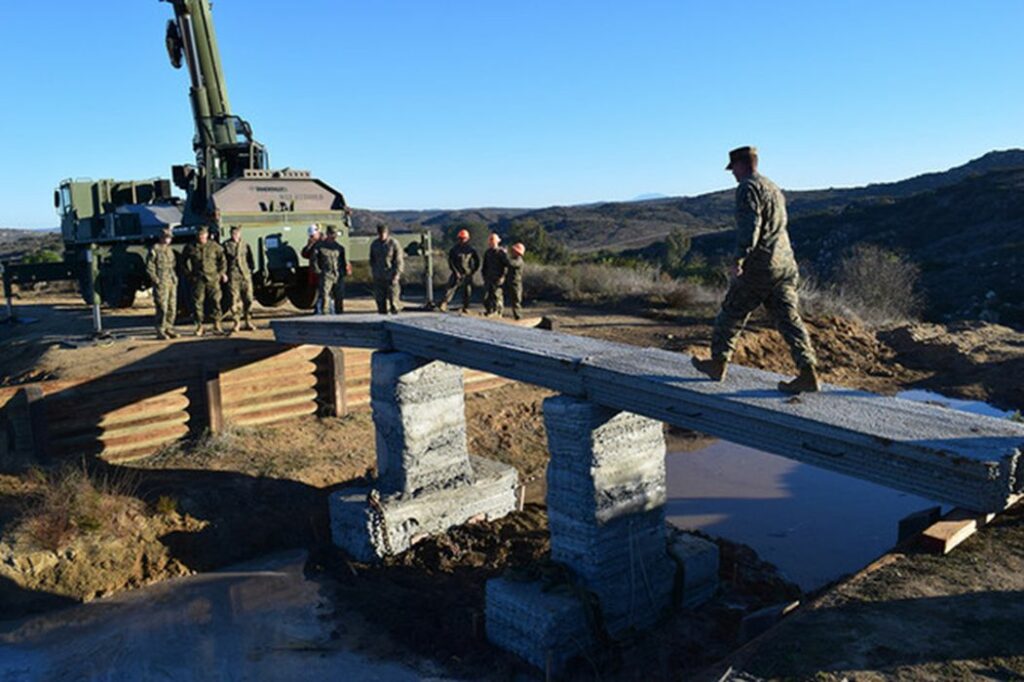
Charles R. Goulding and Preeti Sulibhavi look at how 3D printing could benefit from new apprenticeship programs.
Apprenticeship Programs are getting a lot of attention now in the United States because of the large increase in Inflation Act tax benefits effective January 1st, 2023, for qualifying designers, product providers and installers with apprenticeship programs. The EPAct 179D benefits for building energy efficiency and the alternative tax credits now can be 5 times greater for project installers with apprenticeship programs.
The table below illustrates the tax benefit differences for designers on government building and tax-exempt projects with apprenticeship programs.
| Without Apprenticeships | With Apprenticeships | |||
| Building Square Footage | Minimum Deduction Level ($0.50 per Square Foot) | Maximum Deduction Level ($1.00 per Square Foot) | Minimum Deduction Level ($2.50 per Square Foot) | Maximum Deduction Level ($5.00 per Square Foot) |
| 50,000 | $ 25,000 | $ 50,000 | $ 125,000 | $ 250,000 |
| 100,000 | $ 50,000 | $ 100,000 | $ 250,000 | $ 500,000 |
| 250,000 | $ 125,000 | $ 250,000 | $ 625,000 | $ 1,250,000 |
| 500,000 | $ 250,000 | $ 500,000 | $ 1,250,000 | $ 2,500,000 |
| 1,000,000 | $ 500,000 | $ 1,000,000 | $ 2,500,000 | $ 5,000,000 |
The designer benefits are available for design firms which include architects, engineers, lighting companies, HVAC contractors and building envelope providers. There are increasing 3D printing applications for all these design categories including the examples below:
Lighting is an industry where 3D printing is taking off. Whether it is LED lighting or lighting fixtures, we have covered how 3D printing is offering feasible solutions.

HVAC is another industry that took some time to warm up to 3D printing but is now finally ready to benefit from this technology. There are many ways in which HVAC upgrades can benefit both ecologically and economically.

Concrete has been a viable material for 3D printing for some time now. Whether it be for general infrastructure or specific housing needs, 3D printing is becoming an increasingly popular solution.

The picture at the very top of this article presents a New York bridge builder who recently received a lot of attention for an apprenticeship program available to high school graduates that can result in pay of up to US$47 an hour.
Although this company is not engaged in energy projects the example does illustrate the efforts being made by construction-related trades to attract workers.
Conclusion
Apprenticeship programs require training programs. The 3D printing industry should take the opportunity to provide training materials programs for the new apprenticeship programs so new job entrants understand the capability of 3D printing technology.


In collaboration with America Makes, the New Collar Network was granted a US DOL 3D Printing Technician REGISTERED apprenticeship in 2020. Our Digital Badge micro-certification program is the Education Training Provider for the apprenticeship framework.
For more info go to NewCollarNetwork.com